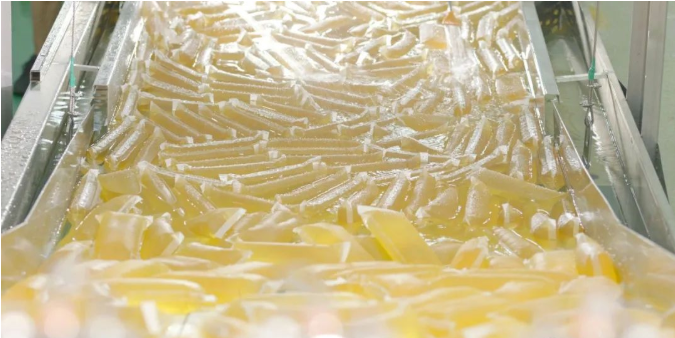Establishing Baseline Settings to Optimize Spray Adhesive Process Parameters
Author:Jojo View:215

Equipment manufacturers provide recommended operating parameters. These are a baseline of initial settings for variables relevant to the spray nozzle-type.
Used in concert with the hot melt adhesive technical data, an operational window is established and can be further optimized for a specific application.
The settings vary among the spray technologies available, with each designed to prioritize particular performance characteristics, such as edge definition, clog resistance and low flow rate. Within a single production line, each application could have a different nozzle type, and a baseline must be set for each.
Hot melt spray adhesive technology is impacted by heat, time, and oxidation.
If the adhesive does not operate within the recommended range, negative effects such as carbon may occur.
This can impact the process parameters and can cause other issues within the production line and ultimately downtime. Once baseline settings are established, each application will need fine-tuning to obtain optimal performance. In most cases, working within the recommended ranges for each of the process variables will yield good results.
We developed a methodology to obtain the best possible performance from each spray application.
STEP 1 SELECT A STARTING TEMPERATURE
Review the nozzle's recommended viscosity range and the adhesive viscosity range on the TDS
If the optimal nozzle temperature range 3,000 to 5,000 centipoise, set the temperature to yield 4,000 centipoise
Let temperatures stabilize for -10 minutes at each setting before evaluating the pattern air pressure settings
STEP 2 TEST THE COMPLETE PATTERN AIR RANGE
Select the starting mode air pressure according to the minimum value in the manual. Optionally 5 psi can be used as a starting point.
If the initial air pressure is not ideal, begin increasing the air pressure In 2 to 5 psi increments with a fixed temperature
If considering other variables (e.g. nozzle-to-substrate distance); test the temp/air matrix at each new setting to identify optimal combination
STEP 3 REPEAT UNTIL OPTIMIZED
If suitable results and not achieved,increase the temperature by5 to 10 degrees and evaluate the complete air pressure range against each new setting.
If the pattern worsens under increased temperatures, return to the original setting. Begin reducing temperature by 5 to 10 degrees and evaluate the air pressure range at each new setting.
